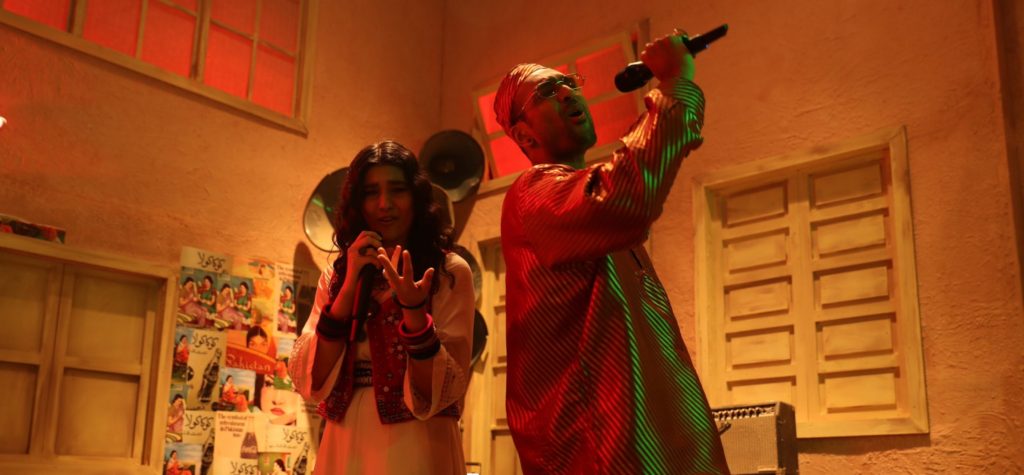Coke Studio is a concept by Coca-Cola involving recorded music in the studio which was later released on television. The first coke studio was launched in Brazil back in 2007. After that, Coke Studio Pakistan launched in 2008, Coke Studio India in 2011, and Coke Studio Bangla in 2022.
If we take a look at the previous seasons of Coke Studio we see that it has been changing over the years gradually and now it has reached a stage where the music, studio setup, and video screams of gen Z and millennial content. People above a certain age won’t be able to connect with the content that is being made by Coke Studio nowadays and this doesn’t seem to be anything accidental as we can see the same coherence in Coca-Cola’s advertisements.
If we try to recollect the advertisements of Coca-Cola we used to watch even up until a few years ago, we get images of families rejoicing with the drink on their dining table or breaking the fast with Coca-Cola during the holy Ramadan. But their recent advertisements show us something quite different from the usual. Although the positioning of the product hasn’t changed a bit as it still emphasizes on Coca-Cola quenching our thirst and allowing us to perform tasks that we couldn’t otherwise, the story and the actors/actresses portraying the story on screen is where the main difference has arrived.
We see young actors such as Jahnvi Kapoor and Ishaan Khatter in Coca-Cola’s recent “khud ko jaga, ek thanda laga” campaign advertisements. We usually see similar advertisements from Closeup who are known for their romantic youth-centric content. And to see Coca-Cola shifting their marketing activities towards the same pathway tells us about a major shift that is happening out there.
Now there can be a lot of reasons why brands are focusing their marketing activities on attracting the youth.
A few common reasons could be that most of the marketing is nowadays done through social media and the Internet. And there is no doubt that the youth spend a much more significant portion of their time online than any other age group of people. And even though their buying power isn’t very high, the WOM and brand image that is created through such activities has a direct impact on the sales of brands.

And if we separate Gen Z into two sections we can see that the older Gen Z’s are entering the workforce while people in the other section are still students. This can mean that it will be beneficial for brands to start targeting this section as a few years later these are the target group that will be generating a profit and thus brands will have a greater customer lifetime value targeting them rather than Gen X or millennials.
A very common concept is that brands that don’t evolve and innovate over time seem to fall out from the competition. So Coca-Cola’s recent changes in their marketing activities could very well be a strategy of staying in the mix of things. And if we take a look at their previous campaigns we can see that they had been evolving gradually, always with newer and unique concepts in their TVC’S. And according to Statista, Coca-Cola has been the market leader in the beverage industry since 2004. So we cannot deny that their marketing activities have played a key role in their sales over the past 18 years.
No matter how much the stories and contexts of the advertisements have changed, the core positioning of the product still remains the same old one of sharing happiness and joy. Taglines such as “Open Happiness” and “Taste the feeling” further reiterate the core positioning strategy of the company.
It is still too early to say whether this shift is good or bad but if we have to make a comment on the situation then it has to be the latter because we can see how people are vibing to some of the latest music produced by coke studio such as “Pasoori”, “Nasek Nasek”, and “Chiltey Roud”. And although this doesn’t necessarily mean people will start buying more Coca-Cola, it at least means that Coca-Cola has been able to connect with its audience and hence the marketing team of Coca-Cola deserves a pat on the back.